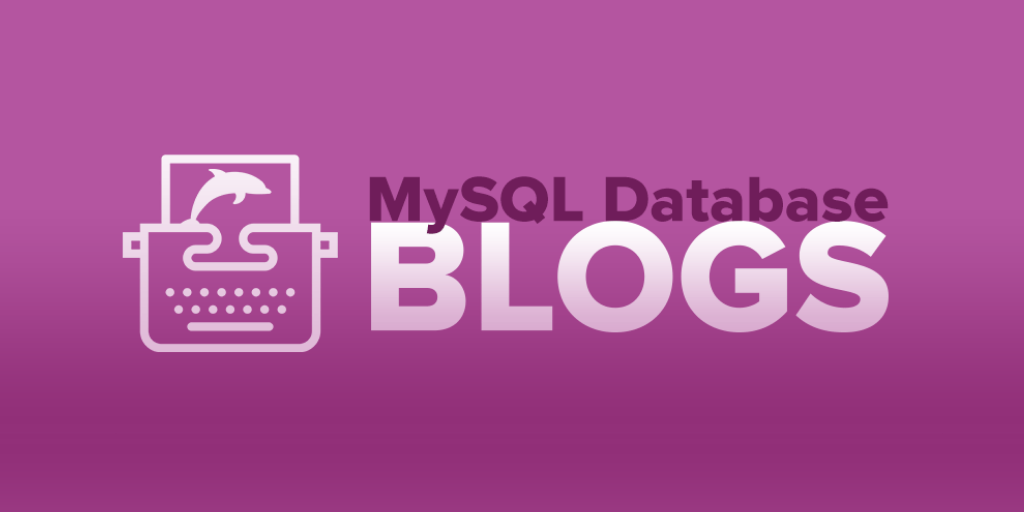Author: Robert Agar
An organization’s databases contain information that is essential for its survival. This may encompass sensitive customer data, employee records, online sales catalogs, and intellectual capital to name just a few uses of a database. The responsibility of keeping these vital resources available falls to the enterprise’s team of DBAs. Failure to properly maintain these systems can lead to serious negative consequences that can cripple a company’s ability to do business.
Almost every application of any real utility is backed by a database, which in turn is administered through a database management system (DBMS). MySQL is an extremely widely-used DBMS whose popularity is only exceeded by that of Oracle. Countless business-critical applications rely on the availability and performance of MySQL databases. A common characteristic all of these databases share is the need for a DBA to maintain the system and tune it to optimal levels of performance.
The Challenge of Finding Skilled DBAs for MySQL
The explosion of eCommerce and the cloud computing paradigm have often made it necessary as well as relatively easy for any size organization to put together a database for a variety of purposes. MySQL makes perfect sense as the DBMS of choice. It’s a popular, open-source solution that is supported by many tools and online resources. MySQL databases can be housed on all of the major cloud platforms, making it possible for companies to make the most of their current provider.
It can be challenging to find a team of DBAs with the necessary level of experience and proper skillset required to optimize and maintain a MySQL system. Changing business requirements may necessitate multiple new database implementations without a commensurate increase in the staff charged with maintaining them.
Perhaps managing the database was simply an added function which a system administrator learned through on-the-job training. It could simply be that your current DBAs need a little help in navigating some of the complexities of the MySQL system for which they are responsible. In some cases, this has led organizations to consider switching from MySQL to a different DBMS.
Don’t Give Up on MySQL
The temptation to give up on MySQL became too much for the crew at GitLab who announced they are removing support for MySQL. The change will be implemented later this month with the release of GitLab 12.1. A number of reasons have been given for moving away from MySQL. Comments from GitLab developer Yorick Peterse indicated that one of them was the small size of the DBA team which was stretched thin supporting multiple databases.
Neither the size of your DBA team nor their relative lack of MySQL skills should be determining factors in moving away from the platform. When viewing the big picture, you are liable to find that the better course of action is to provide your team with additional training and ensuring they have the best tools available. A tool that will improve the life of any MySQL DBA is SQL Diagnostic Manager for MySQL (formerly Monyog) from Webyog. It can assist both highly-skilled and struggling DBAs perform their jobs in a more effective and efficient way.
Monitoring to the Rescue with SQL Diagnostic Manager for MySQL
Monitoring the performance of your MySQL system is the first step in identifying potential areas prime for optimization. It can also be a powerful tool that enables you to take proactive corrective measures when a problem arises to limit or prevent any impact to your users. Lack of proper monitoring leaves you in the dark regarding the inner-workings of your database. This is not where you want to be when dealing with your company’s valuable digital assets.
SQL Diagnostic Manager for MySQL (formerly Monyog) offers an agentless monitoring tool that is fully customizable. It enables you to gain a deeper insight into your MySQL databases and exposes the most likely targets for modification to improve performance. You can use the tool to optimize queries in real-time. Some specific features of the application include the ability to:
- Monitor in real-time to view each query and find out what’s causing that sudden spike in your database usage. This knowledge enables you to address the issue before it causes major impacts to the system and its users.
- Track MySQL configuration changes to pinpoint the source of performance issues. Use the app to track and compare changes and quickly identify the reason that your system is experiencing problems.
- Generate alerts and automatically kill long-running queries if you choose. You can also simply have an alert sent when a query exceeds an allowable period of time. These alerts can be useful in addressing excessive CPU usage.
- Create custom dashboards and charts to facilitate the monitoring process. Quickly expand a section of the chart for a detailed view of the queries responsible for the system’s behavior.
This comprehensive monitoring application for MySQL databases has over 600 monitors that can be configured to provide the custom platform you need to observe the details impacting their performance. Before making a rash move to another database platform, see how an excellent monitoring tool can increase the skill level and decrease the pressure on your DBA team.



